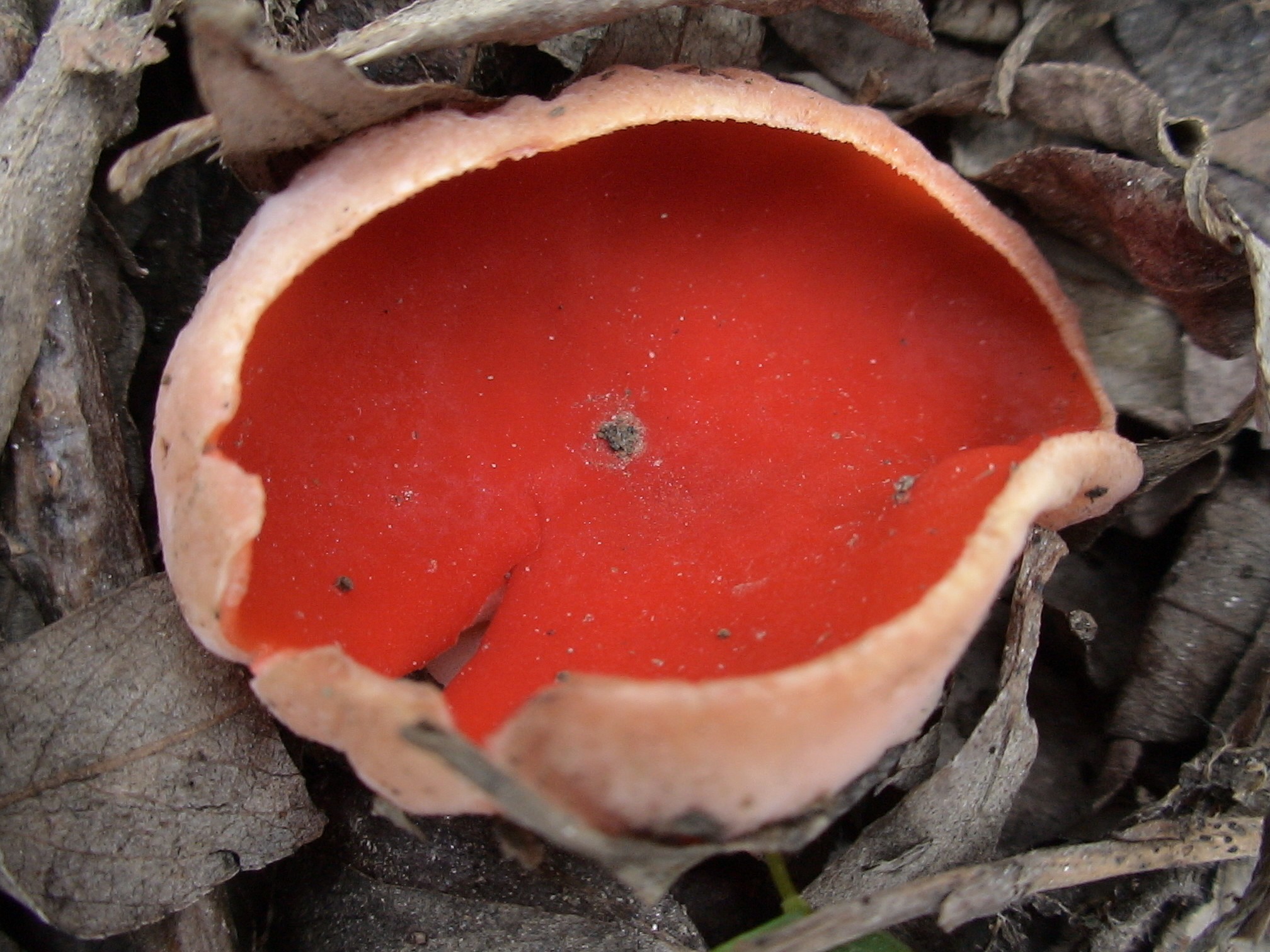When we think of mushrooms, we usually think of their fruiting bodies, which develop in favorable weather conditions and last relatively short. However, the fruiting body is only part of a much larger organism whose permanent parts are hidden in the soil.
It is known that fungi, along with bacteria, are the main decomposers in most terrestrial ecosystems. Fungal hyphae secrete enzymes that break down the organic matter of dead organisms into simpler components, making them available to other organisms. Saprophytic fungi are therefore crucial in the processes of carbon and nitrogen cycling and the reduction of accumulated dead organic matter in the ecosystem.
